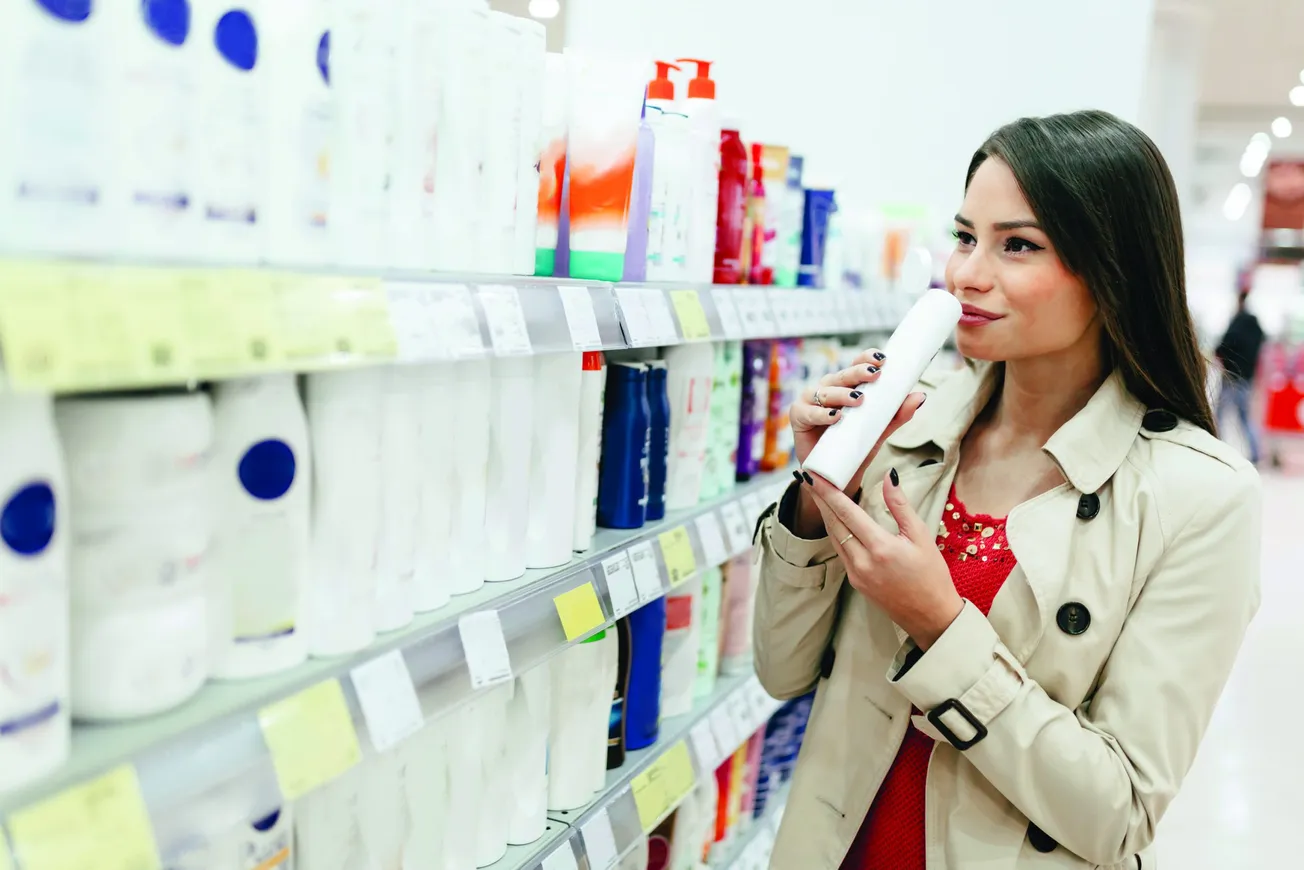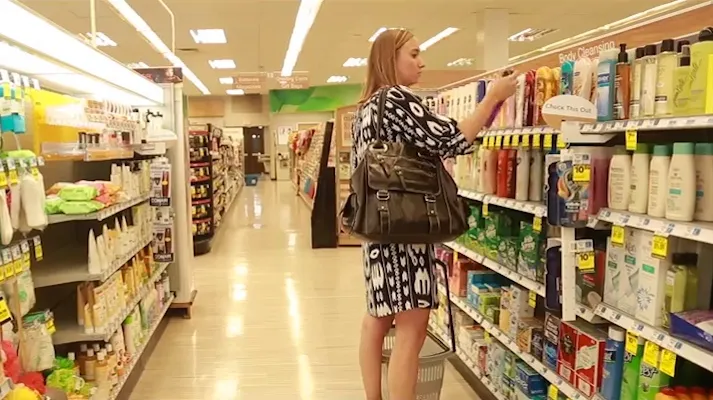
Jill Standish
There was a brief moment in the pandemic, while stores were shuttered and online commerce was soaring, when retailers started to wonder what kind of role the physical store still had to play. Three years on, we can say definitively that stores remain key to the retail industry’s future.
The data speaks for itself. Over the past year, more than twice as many stores have opened than closed in the U.S. according to Coresight Research.
Stores, therefore, are right back at the top of the agenda in post-pandemic retail. But retailers need to be willing to reset their store strategies — and do so as part of a broader reinvention of the business — if they want to truly capitalize on the growth opportunities.
Location, location, location
Take store locations. Many retailers are rationalizing their footprints. But the smart brands are also being more scientific about their store base. That means leveraging data on foot traffic, sales and customer demographics to gain new insights into where their brand sits within each different catchment area.
Retailers are then better placed to optimize the mix of store types and locations. In practice, this will often be about going smaller, more local and more closely tied to the community. Increasingly, for example, we see retail brands focusing on strip centers and freestanding small-format stores rather than underperforming shopping malls.
Destination shopping
Similarly, with the right data analytics, retailers can better tailor their layouts, in-store services, pricing and product assortments to the local catchment. Key to this is thinking creatively and innovatively about what the future retail store can be, seeing it as not just a place to purchase products but a multipurpose destination that offers a range of different experiences and services.
Increasingly, for example, retailers are adding adjacent services in the health and wellness space that tap into consumers’ desire for convenient and accessible care. In fact, according to Accenture’s latest Consumer Pulse 2023 survey, just under one-third (31%) of consumers said they are interested in accessing medical services — such as a consultation with a doctor in a department store, big-box retailer or even a grocery store — in a way that is more convenient. That figure rises to 39% among Gen Z (ages 18 to 35 years) consumers. What’s more, the vast majority (91%) said they would trust a retailer with their personal health and well-being data to bring them more meaningful health and wellness recommendations and interventions.
The retailers that already have a pharmacy component have an opportunity to expand the scope of their services and shift pharmacists’ focus to patient relationships, clinical services or medication expertise. According to a separate Accenture study, pharmacists also have the desire, expertise and access to expand the role they play in the world of health care. For instance, 84% of pharmacists are interested in providing treatment or management of chronic conditions, and 71% of pharmacists are interested in performing health screenings.
Driving engagement
One thing that sometimes gets overlooked is the role of the retail store in building relationships with customers and legitimizing the brand.
A physical presence gives customers a sense of security and reassurance that they’re dealing with a reputable company. Stores also have a symbiotic relationship with other retail channels. Retailers have learned, for example, that closing underperforming stores can negatively impact their e-commerce performance in that locality.
Not only that, but stores can also be a source of critical insights into local preferences, behaviors and purchase patterns. These insights can then inform everything from forecasting and replenishing to marketing campaigns, to store design.
Look at the way Ulta Beauty’s major store redesign was partly based on listening to members of its Ultamate Beauty rewards program. This led to improvements in store navigation and product discovery, making the shopping experience more engaging, welcoming and fun. The company has seen significant sales growth over the past year as a result.
The frontline workforce leads
The retail workforce plays a critical role in this agenda. Reinventing physical stores at scale requires a highly skilled and motivated workforce. One that’s tech savvy and able to engage with customers in new and innovative ways.
Retailers must therefore also look to invest in their employees, providing training and development opportunities to ensure they have the skills and knowledge to thrive in the future retail landscape.
They must also ensure they have the right platforms and applications to help frontline workers feel connected to each other and their work, so they can deliver the best possible customer experiences.
Stores as the route to retail growth
Much of modern retail is about managing constant change. But one thing remains the same. The retail store retains a crucial role in building relationships, understanding customer behaviors and legitimizing the brand. Remembering that universal truth will be a critical factor as retailers reinvent their businesses for future growth.
Jill Standish is global lead for Accenture’s Retail industry practice.









